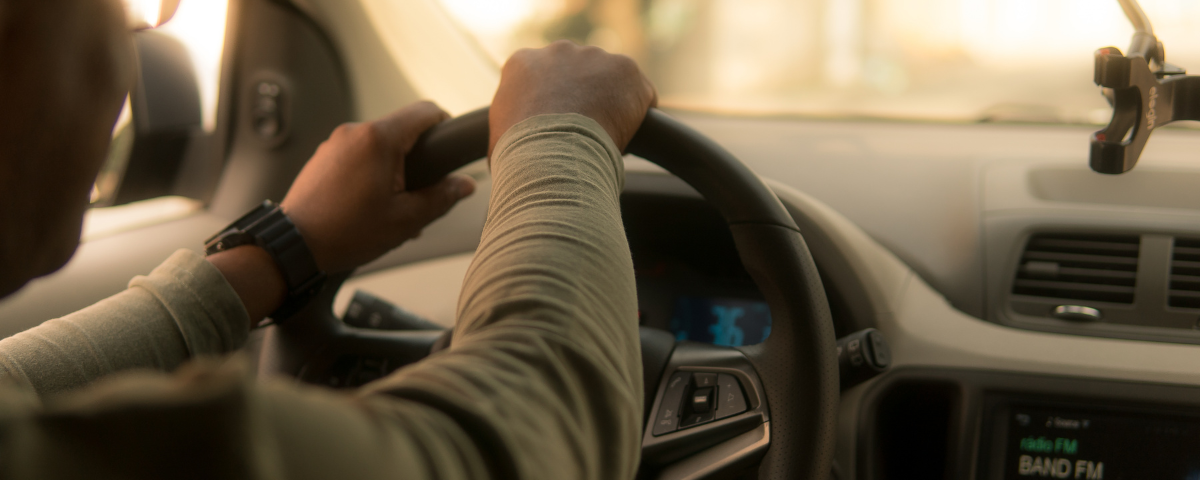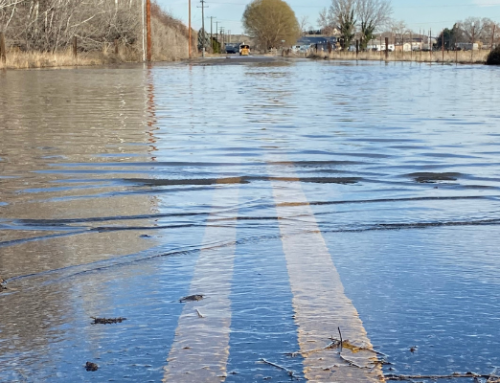New Aviva data reveals that winter weather – such as wind, snow, sleet, rain and ice – accounted for thousands of motor claims over the last few years*.
With this in mind, Fan Lamoli, Vehicle Technician at Solus (Aviva’s network of vehicle repair centres), has put together a 10-step guide you can use to check your vehicles for post-winter damage and have it ready for spring.
1. Check your car lights and bulbs are clean and working properly.
Although days might be longer and brighter, it’s good practice to check that all your lights – such as headlights, brakes, fog, rear and indicator lights – are clean and in working order. Not only are faulty or dirty lights dangerous as they impair your vision and could cause a collision, but they’re also illegal and could lead to you facing a fine. If you’re unsure or not able to change them yourself, head to a mechanic or your local garage as soon as possible.
2. Check tyre pressure and depth.
The fallout from winter can impact the state of your tyres – particularly where potholes are involved – so it’s worth taking the time to physically inspect your tyres for any damage. Keeping your tyre tread depth between 3-4mm – around the thickness of a pound coin – is recommended to improve steering and braking in your car in less favourable road conditions. It’s equally important not to over-inflate your tyres to prevent slipping and if you’ve put on snow tyres, remember to take these off in time for spring.
3. Check your windscreen wipers.
Wiper blades can often be worn down and damaged by tough weather conditions, which is why all drivers should check they are in good working order. Windscreen wipers wipe away debris, snow, rain and more, so without them your vision could be severely impaired. Not only is it your legal responsibility to make sure you can properly see out of your windscreen, but poor wiper maintenance could also lead to you having a driving incident.
4. Inspect your windscreen for any damage or cracks.
Caused by small stones flying onto your windscreen, they can be a distraction when driving and could impair your vision. If you find any chips, be sure to get these repaired as soon as possible to avoid any further damage.
5. Check oil and coolant levels.
Take caution to prevent accidently mixing fluids and damaging your engine. Aviva research shows that over one fifth (22%) of people who have botched a DIY maintenance job on their car have needed professional help with fixing mishaps around topping up and checking fluids(1), so if you’re ever unsure, speak to your mechanic.
6. Check your brakes.
Spring can be known for its showers and during wet weather conditions the stopping distance significantly increases, which is why it’s crucial to check that your brakes are in working order. If you notice any changes such as strange noises and find your brakes being unresponsive, head to your local garage or mechanic as soon as possible.
7. Never drive through flood water and take caution driving through fords or tides.
After periods of heavy rain, it’s best to avoid driving through flood water where possible. It’s difficult to see how deep the water may be and you could end up becoming stranded or even swept away. Just 30cm of fast-flowing water is enough to move a car(2). During bad weather, fords and tides may be higher than usual and so if you’re ever in doubt, find an alternative route or wait for the tide to lower. It only takes a small amount of water to ruin an engine, so it pays to be cautious.
8. Check your batteries.
If your car or car battery is over five years old, it’s possible that the 12V battery may be getting past its best. Spring weather can be unpredictable and a cold snap could impact a battery’s charging capability, which is why it’s good to get into the habit of checking your battery on a regular basis. If you own an electric vehicle, cold weather may also reduce the range, so bear this in mind when planning journeys and charge routines.
9. Pack an emergency kit in case your car breaks down.
Preparation is key and handy things to keep in your car include a warning triangle, torch and batteries, mobile phone and charger, breakdown membership card, tow rope, thick cardboard or material (for traction), outdoor clothes, sunglasses (for glare) as well as a shovel, blanket and a de-icer.
10. Check whether your MOT is due and if so, book it in at an approved centre.
In the UK, it’s illegal to drive a vehicle that doesn’t have a valid MOT, other than to the MOT test centre or to remedy issues found on a previous test.
This has been adapted from an article by Aviva which can be found here.
* Data taken from Aviva motor claims data from 2019-2023. Examples include vehicles skidding on ice, vision impaired by snow, and heavy rain leading to a collision.
1 Research conducted by Censuswide on behalf of Aviva with 1,000 respondents who own or have access to a car and have ever attempted car maintenance/repairs on their own (17+) between 28.07.23 – 07.08.23.
2 According to the Environment Agency
We are here to help
Please do get in touch if you would like to know more about how we can support you and your business.






